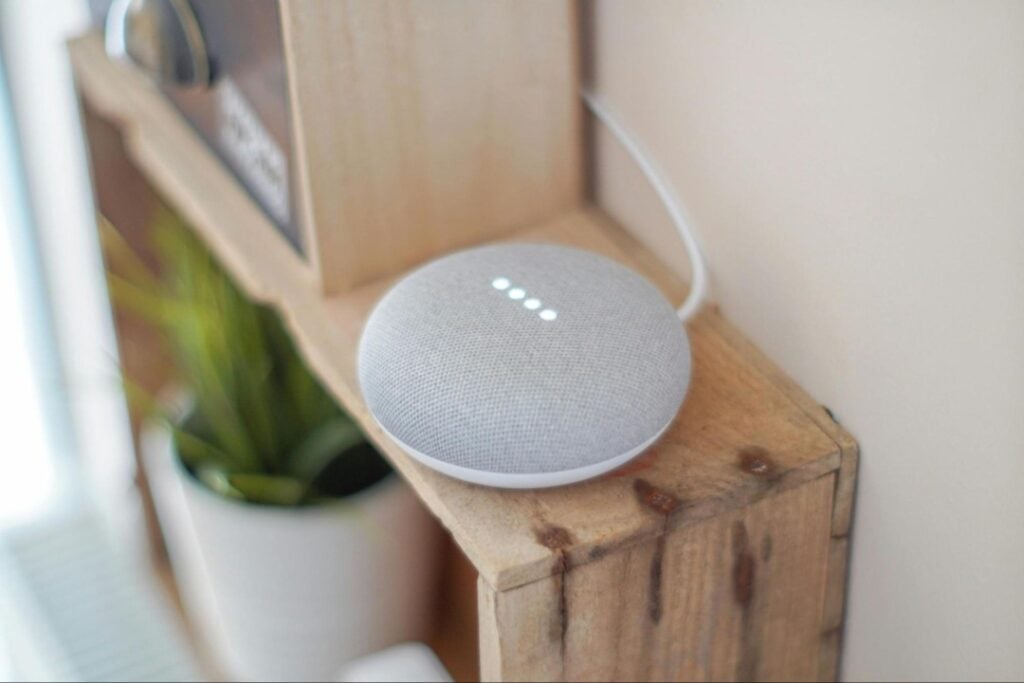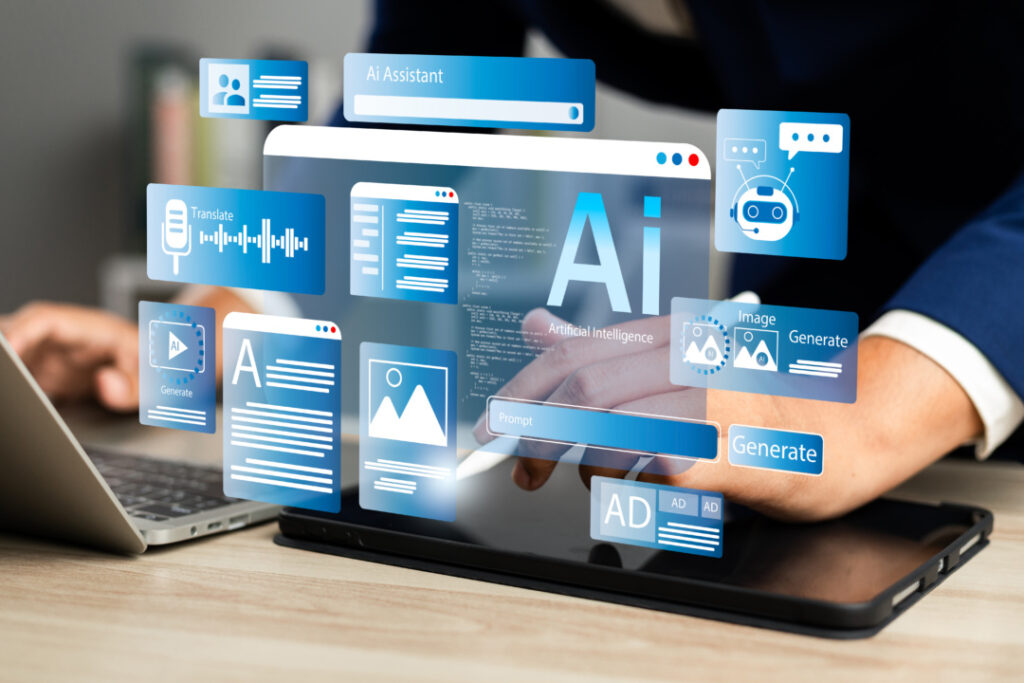Artificial intelligence has changed the way we interact with technology. Virtual assistants, which were once a novelty, are now a central part of many businesses and our daily lives. From voice-activated devices like Siri and Alexa to more sophisticated AI-driven assistance, the evolution of these tools is remarkable.

The future promises even more advanced features with lip-sync AI and enhanced natural language processing; let’s explore this in more depth below.
AI Advancements in Virtual Assistants
AI technology has made a huge leap forward in the past decade, leading to more efficient, personalized virtual assistance. At their core, these assistants are powered by natural language processing algorithms that allow them to interpret, understand, and respond to humans. However, with the rise of machine learning and deep learning, virtual assistants are now able to engage in more meaningful conversations, predict user needs, and understand context better. One of the most exciting developments in AI for virtual assistants is the integration of lip-sync AI technology. Traditionally, virtual assistants were entirely voice-based, with little to no visual representation. However, with the incorporation of lip sync AI, virtual assistants are now able to mimic human-like facial expressions and lip movements while they are speaking. This makes interactions feel more engaging and natural. This development is particularly important for industries like customer service, education, and entertainment, where clear communication and more lifelike interaction are crucial parts of AI integration.
Lip-Sync AI: Making Virtual Assistants Realistic
Lip-sync AI is a groundbreaking advancement that will bridge the gap between human interaction and machine communication. This technology will give virtual assistants the power to synchronize facial movements in real-time as they speak. By analyzing speech patterns and translating them into corresponding lip movements, lip-sync AI will make their virtual presence feel more human. It will also provide users with a more immersive and dynamic experience.
How AI is Enhancing Interactions with Virtual Assistants
The key to a successful virtual assistant lies in the ability to understand human behavior and provide responses in a natural way. As AI improves, virtual assistants are starting to become more contextually aware; they no longer just respond to simple commands but can also predict actions and even offer suggestions. This gives them a more engaging and dynamic conversation that is based on their users’ preferences.
The Road Ahead
As we look into the future, the potential for AI to revolutionize virtual assistants is considered limitless. We can expect even more human-like avatars powered by lip-sync AI that offers users seamless communication and personalized experiences. Virtual assistants are only going to continue to evolve, using advancements in machine learning, natural language understanding, and visual interaction to create more adaptable tools for every part of life. The next generation of virtual assistants is not just going to be functional; they’re going to be intelligent companions that change the way the world works.
Conclusion
The integration of lip-sync AI into virtual assistants is just the start of a new era in computer interaction. As AI technology advances, virtual assistants are going to become more empathetic, smarter, and increasingly indistinguishable from human interaction.
Caroline is doing her graduation in IT from the University of South California but keens to work as a freelance blogger. She loves to write on the latest information about IoT, technology, and business. She has innovative ideas and shares her experience with her readers.





![‘Frankenstein’ Review – Guillermo del Toro’s Definitive Look At The Nature And Nurture Of Monstrosity [TIFF 2025] ‘Frankenstein’ Review – Guillermo del Toro’s Definitive Look At The Nature And Nurture Of Monstrosity [TIFF 2025]](https://cdn.geekvibesnation.com/wp-media-folder-geek-vibes-nation/wp-content/uploads/2025/10/Frankenstein-175_PF_20240430_20377_R-300x200.jpg)
![‘Wake Up Dead Man: A Knives Out Mystery’ Review – In Rian Johnson We Trust [LFF 2025] ‘Wake Up Dead Man: A Knives Out Mystery’ Review – In Rian Johnson We Trust [LFF 2025]](https://cdn.geekvibesnation.com/wp-media-folder-geek-vibes-nation/wp-content/uploads/2025/10/Wake-Up-Dead-Man-A-Knives-Out-Mystery-300x169.jpg)